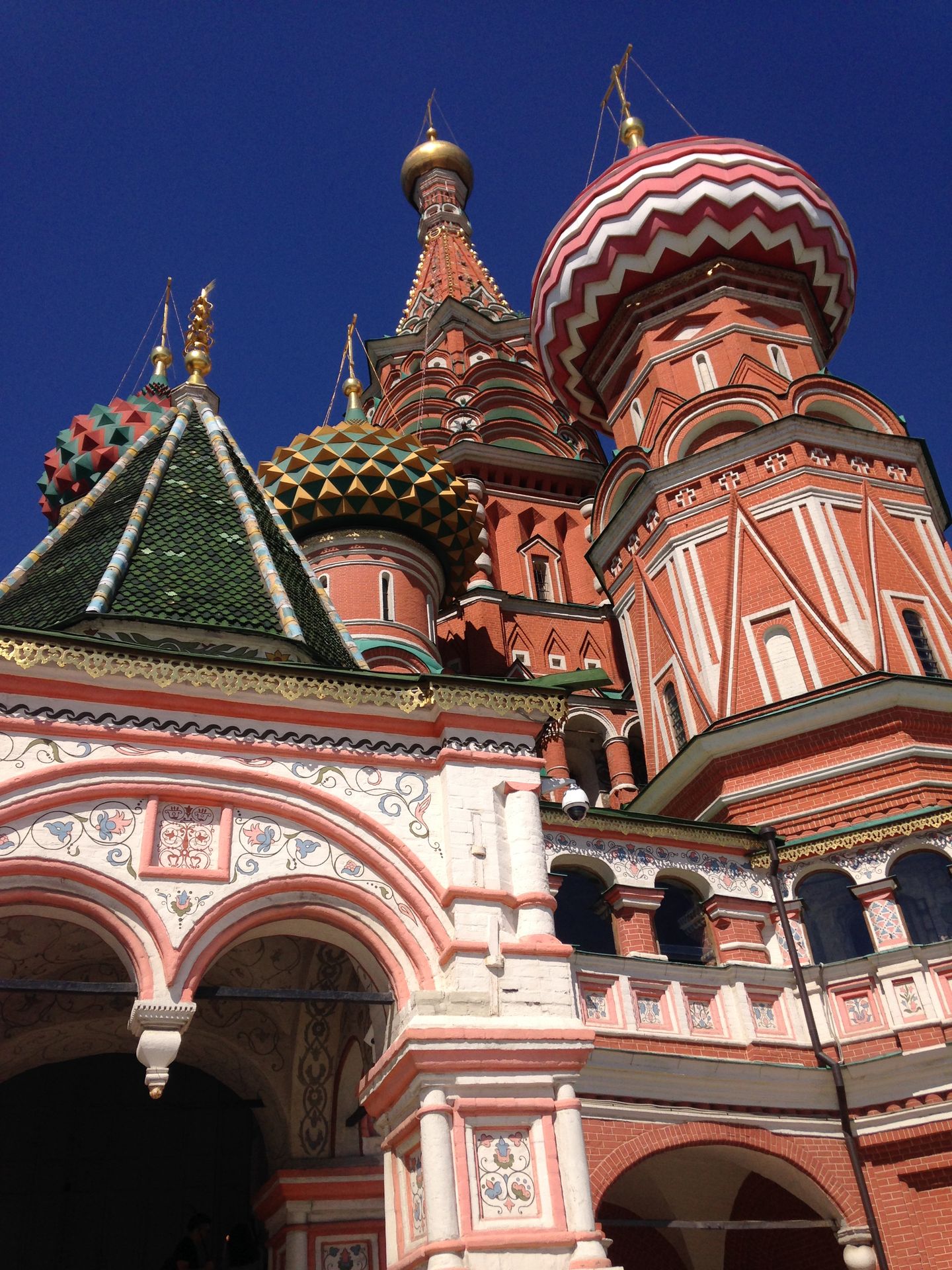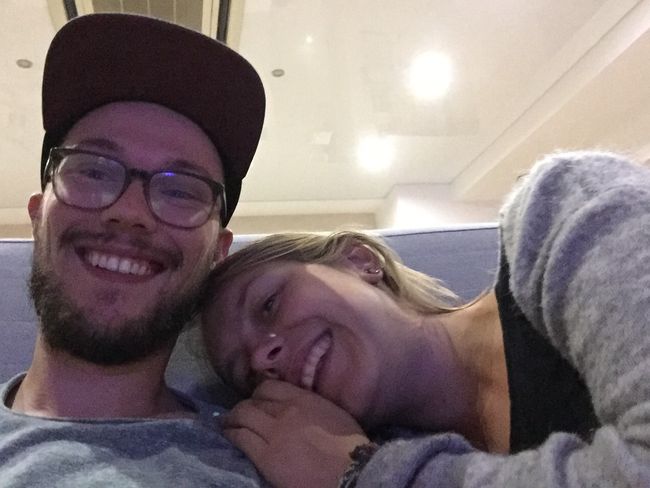Seventh section: Beijing without duck
የታተመ: 09.10.2018
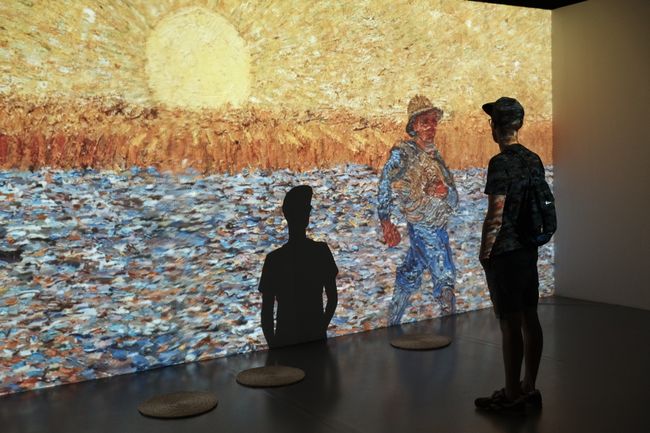
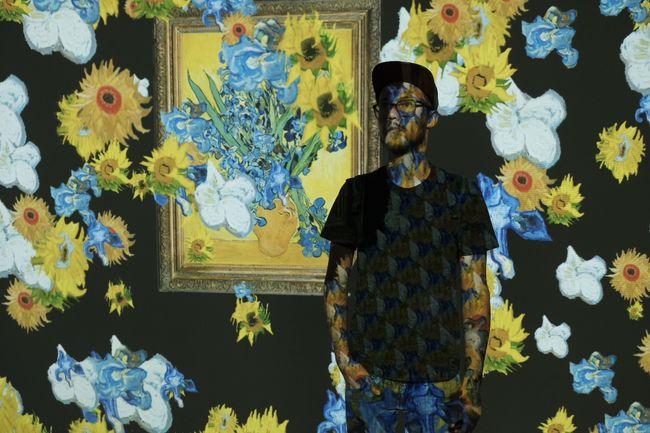
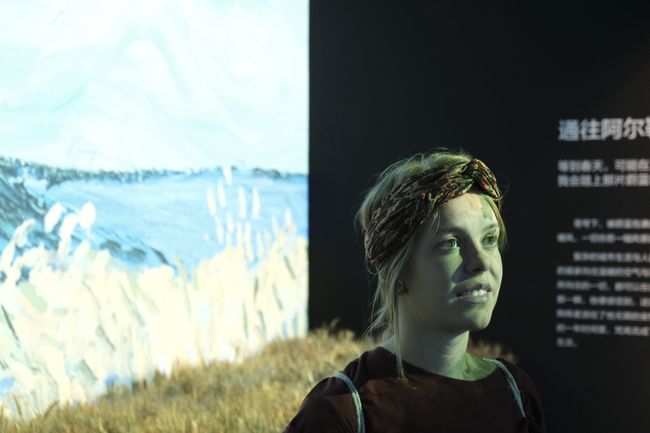
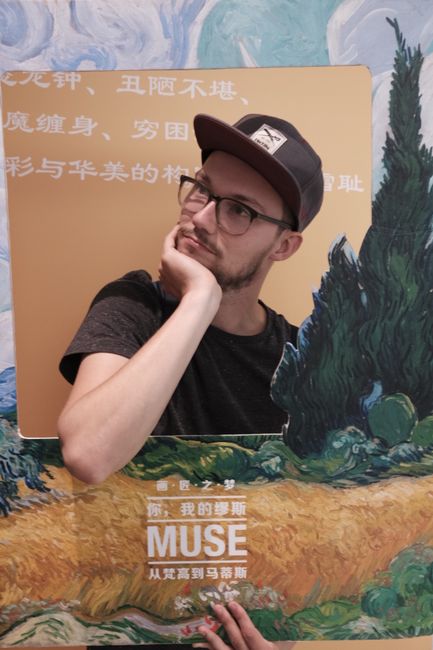
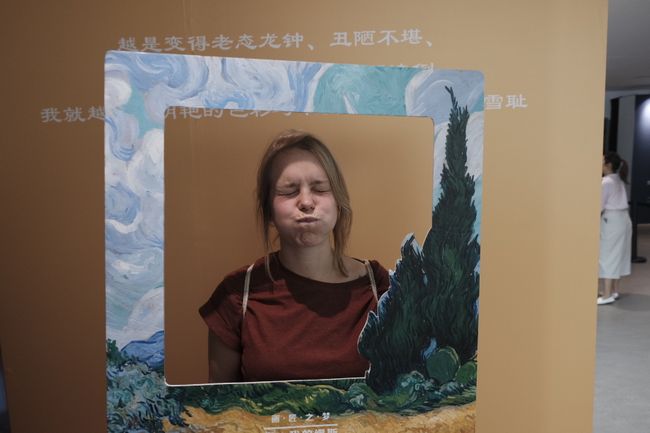
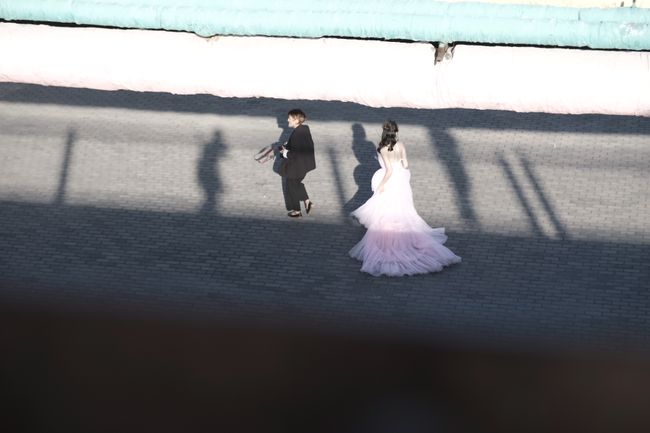
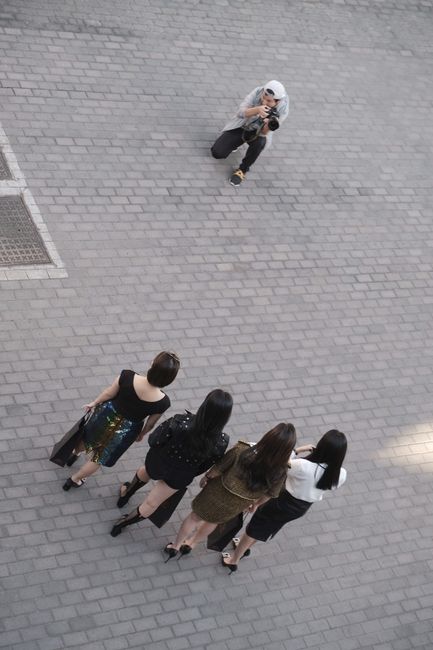
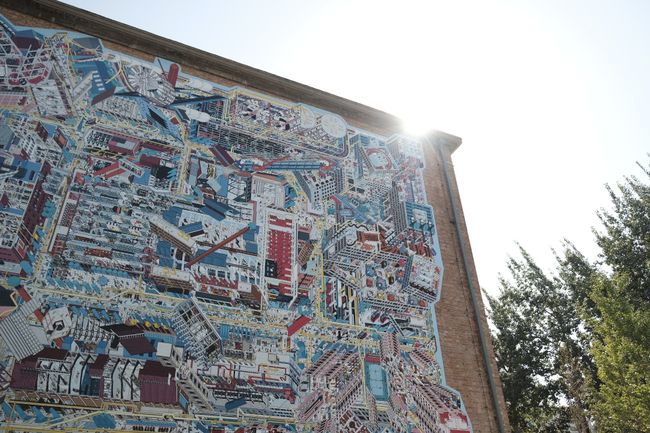
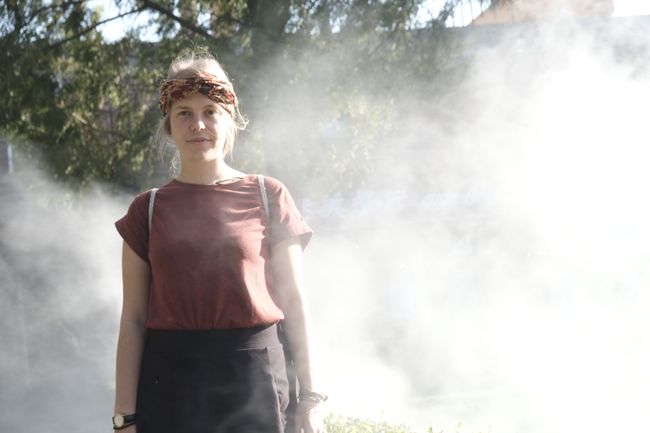
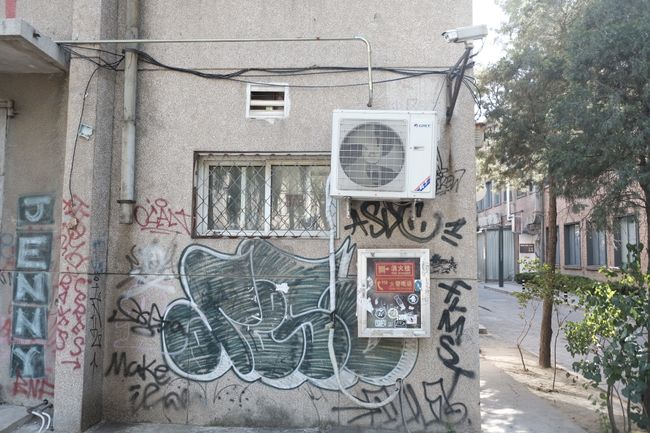
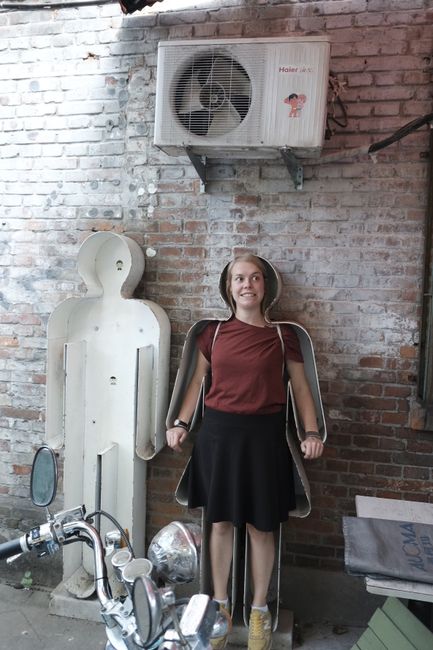
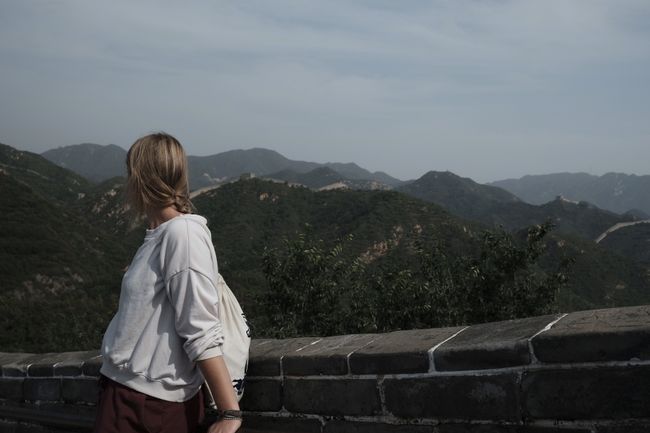
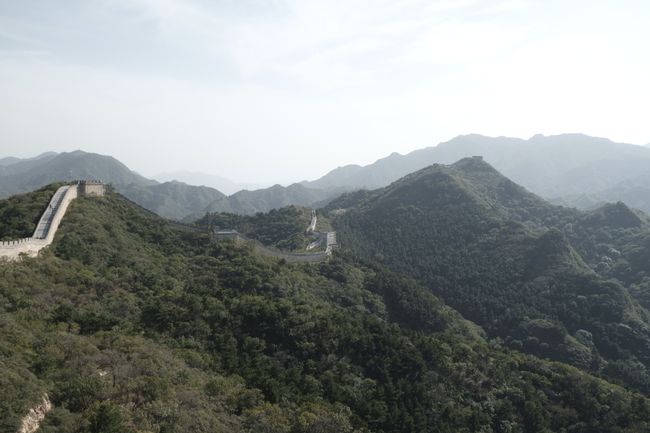
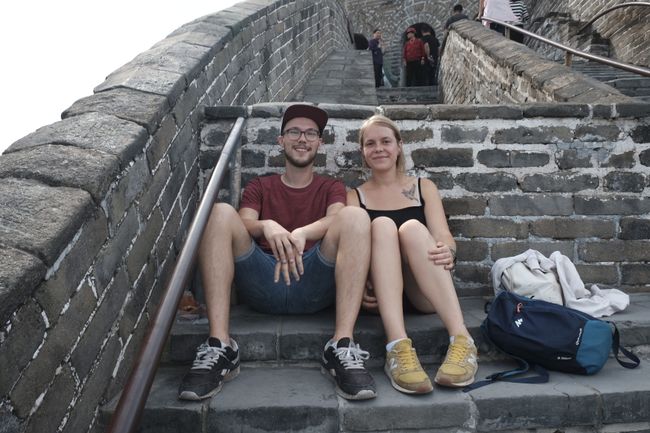

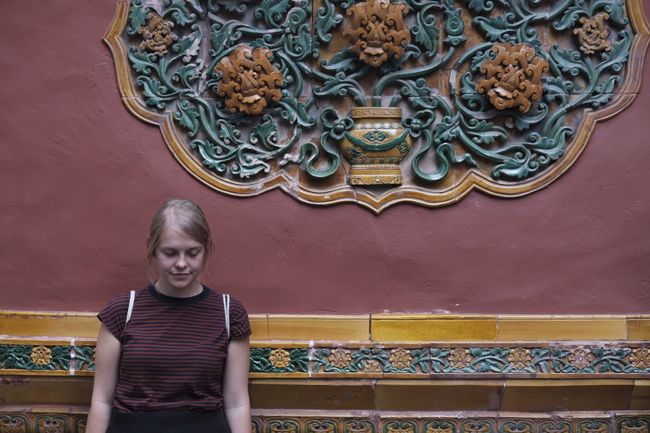
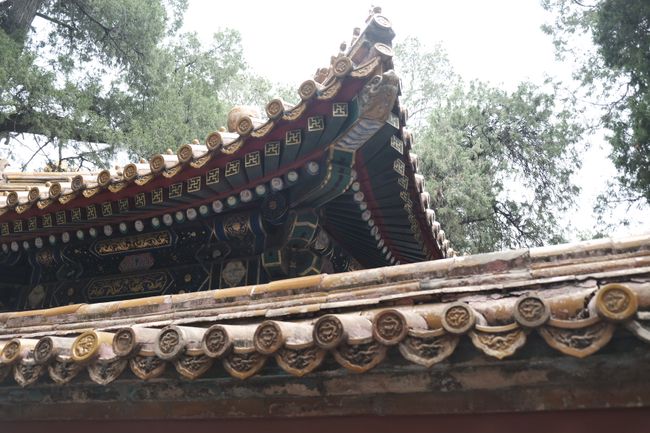
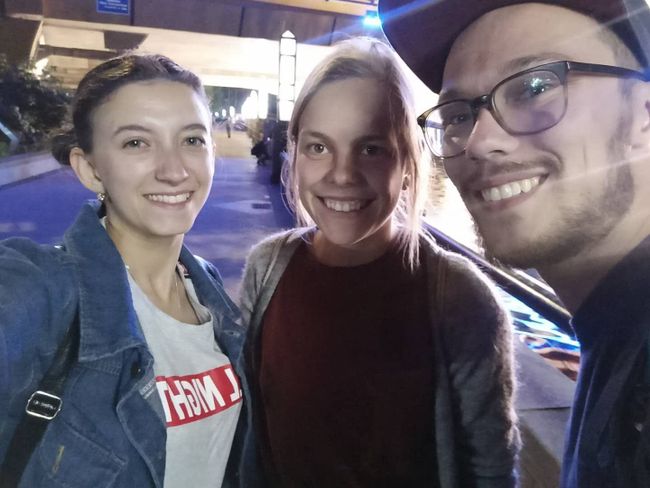
ለጋዜጣ ይመዝገቡ
So, reluctantly, we got on a plane again to leave Mongolia. We booked the flight through Flüge.de and expected to arrive from A to B without any comfort, in true Ryanair style. But then, on the 1 hour and 50 minute flight, we were surprised by a snack, followed by a warm meal, and finally a stewardess who asked us for our drink preference (our neighbor ordered a glass of red wine and, when asked if he wanted anything else, added a beer and a coffee) - we knew then that we were not just high up in the sky. After collecting our luggage, it was around 2 am and luckily we had already booked a night in a hotel near the airport. However, the taxi driver took us to a hotel of the same chain, which was two kilometers away from the actual hotel. By the time we realized the mistake, the driver was already gone. So we walked to our hotel, hoping to get some sleep. The next day mainly consisted of trying to reach our Couchsurfing host Annie. Since Beijing is simply fucking huge, it took us about four hours, three subway lines, and admittedly a snack at a small restaurant before we reached the correct subway station. The snack consisted of meat cooked in a sauce made of chili and ginger, which was very tasty but unbelievably spicy. But until two days later when we discovered the Microsoft Translate app, which was not blocked (unlike many apps and websites like Google, Facebook, WhatsApp, and Instagram) and could more or less reliably translate characters into German when photographed, most of our orders consisted of pointing at food on neighboring tables. From the subway, we still had to walk for about 40 minutes to the community where Annie lives. Communities are very common in big cities. They are small residential neighborhoods that are gated and can only be accessed by the residents. In Annie's community, there were about 10 buildings with 35 floors, as well as an underground car park, a park with a river, a central square, several small pavilions, a small supermarket, and a kindergarten. We arrived at Annie's apartment just before Annie herself. Instead of a key, her apartment was secured with a password. 10 minutes later, our host Annie arrived - a Russian woman, about our age, who works as an English teacher in a private kindergarten for a year. We got to know each other over a beer and exchanged our experiences in Russia and China.
The next day, we had a full day of sightseeing ahead. First, we went to the Forbidden City, which until the beginning of the 20th century was the residence of the imperial families of the various dynasties and therefore always off-limits to the general public.
After that, we visited the huge square in front of the Forbidden City. Besides the parliament and the national museum, this square also houses the mausoleum of Mao Zedong, the founder of the Chinese Communist Party, who was the paramount leader of China from 1949 until his death in 1976. Mao is also featured on every banknote and there are still several statues on large squares. This is surprising, as despite the undeniable progress that China has made under Mao's rule and the ruling Communist Party, many abuses occurred during Mao's reign that resulted in the suppression of large parts of the population. Under Mao's various political programs aimed at modernizing the country ("Hundred Flowers Movement," "Great Leap Forward," and the "Cultural Revolution"), up to 76,000,000 Chinese people were killed, died in labor camps, or starved to death. China is well aware of this. For example, Mao's wife was sentenced to lifelong imprisonment after his death. In addition, Mao's Bible, in which he described his form of communism (Maoism) and which served as the basis for the constitution, was banned. Nevertheless, 70% of Mao's actions are seen as positive by the party, and his mistakes are tolerated due to the progress brought about by his policies.
The next day, we wanted to visit the Great Wall of China. The journey took about three hours, partly because it took us 1.5 hours just to get to the city center, where we wanted to take the tourist shuttle to the wall. However, a major accident on the highway caused a huge traffic jam, and we missed the bus. However, an English-speaking police officer (a rarity, as many Chinese people do not speak English) told us that there was another bus that departs from a bus station an hour away. This bus was obviously not a tourist bus, and we were watched with suspicion by the other passengers on the way to the wall. Once we arrived, we headed to the open and not very long section of the wall. The Great Wall is over 20,000 kilometers long in total but was not fully built. There are sections where the Chinese border was protected only by rivers. The wall was built in a way that the enemy always had the lower ground, even though it is not particularly high. As a result, large parts of the wall were never breached, and enemies had to find other ways to bypass it.
When we were on the wall, we had to keep reminding ourselves that "we are on the Great Wall" to believe it. Neither of us ever expected to actually be standing here.
Back in Beijing, while searching for something to eat, we discovered a small restaurant with a rooftop terrace, which is very unusual for Beijing. On the way to the terrace, we passed through the kitchen located in the stairwell. It looked worryingly dirty, but the smell was amazing. However, ordering this time was particularly difficult because it was a kind of tapas restaurant, so we had to order a lot. But after pointing at various dishes on neighboring tables, we ended up with skewers, an incredibly delicious cucumber hazelnut salad, and potato-coriander puree on our table - the best meal we've had so far. Some time later, a British-Scottish couple sat down next to us. They were able to translate the menu using the translator mentioned above. Impressed by their use of the translator, we struck up a conversation and had a pretty perfect evening.
The next day, we decided to visit the Art District. This neighborhood, which the Scotsman described as Beijing's Kreuzberg, is a mix of museums, galleries, and cafes located in old industrial halls. Unlike all other walls, these halls are completely covered in graffiti (which is surprising, considering there are cameras everywhere), creating a stark contrast to the rest of Beijing. Many people in the city are drawn to the area to take photoshoots, so there were stylishly dressed Chinese women posing in front of crouching photographers everywhere. We decided to visit one of the museums and chose a museum that tries to present emotions in old paintings by artists such as Rembrandt, Van Gogh, and Klimt in a different way. The artworks were projected onto the walls using projectors and edited to, for example, make grass move in the wind. The whole experience was accompanied by music, allowing you to immerse yourself in the paintings. Even though the concept initially sounded strange, it had an impact and we highly recommend a visit to anyone in Beijing.
We spent the last few days in Beijing with our host again. We met in a park near her community and enjoyed the public dance events that are very common in China. People gather in public parks and dance together to loud music. At first glance, it may be strange, but when you see how the mostly older people go crazy while showing off their moves together, you almost envy the fact that we don't have something like that in Germany. After the park visit, we decided to have one last meal together in the evening and had a nice time with our first real Couchsurfing host.
ለጋዜጣ ይመዝገቡ
መልስ
